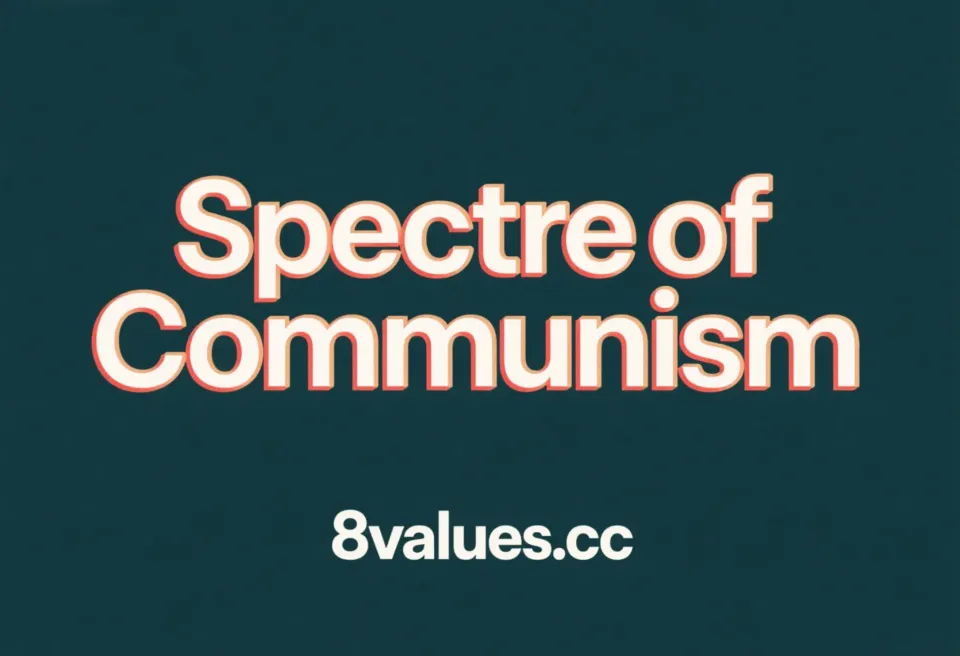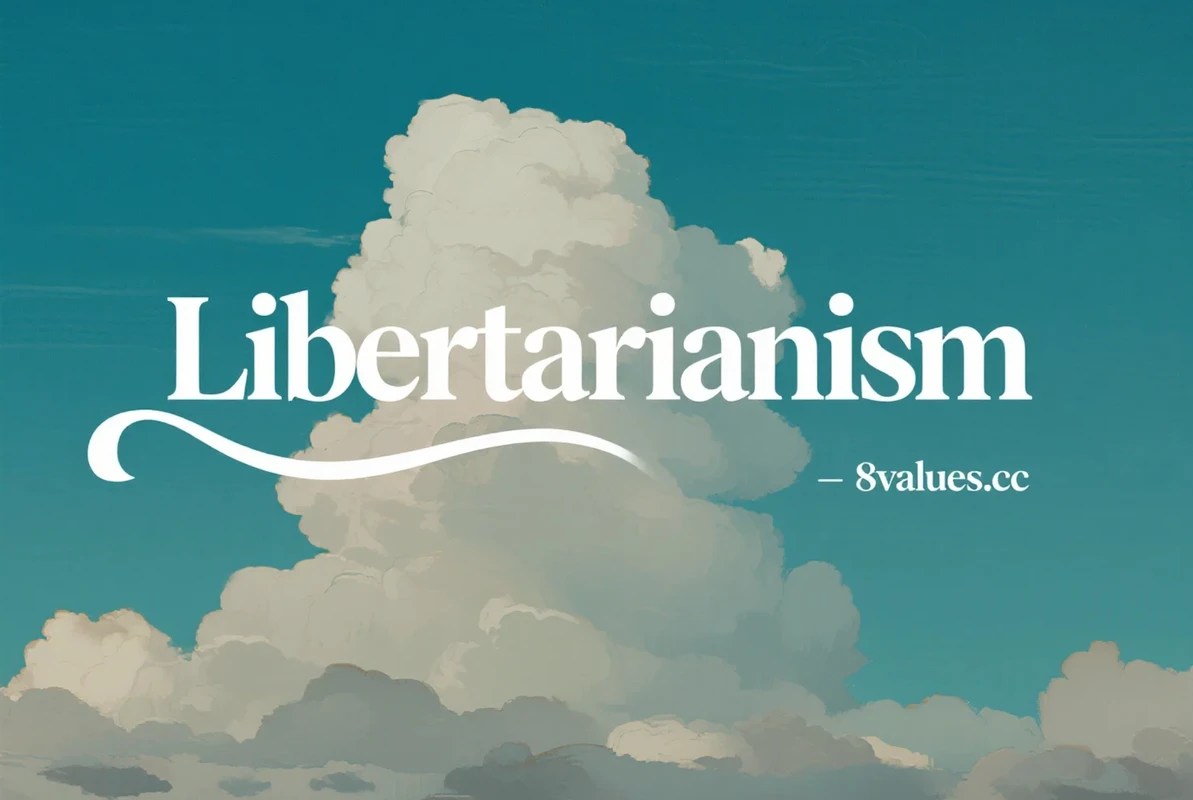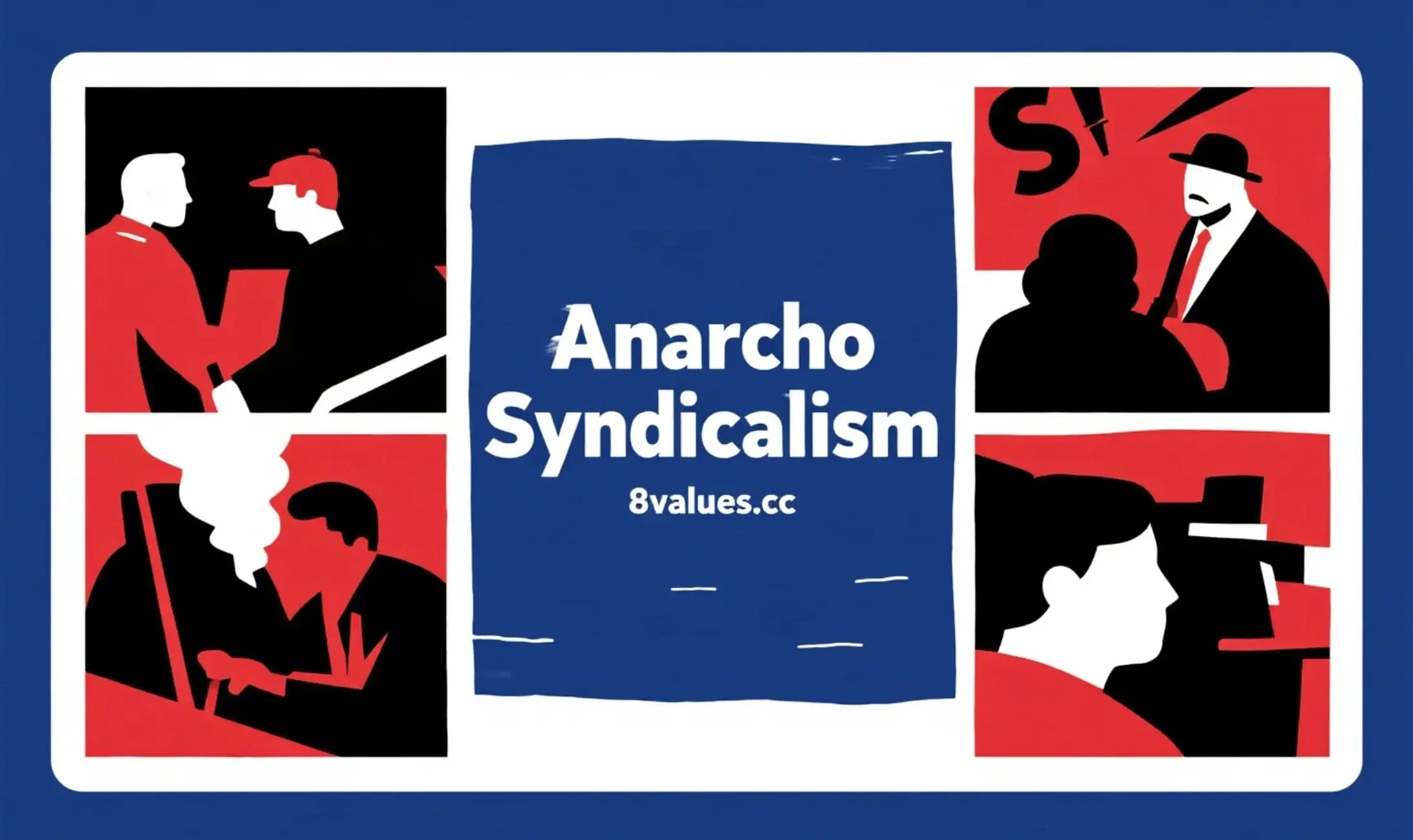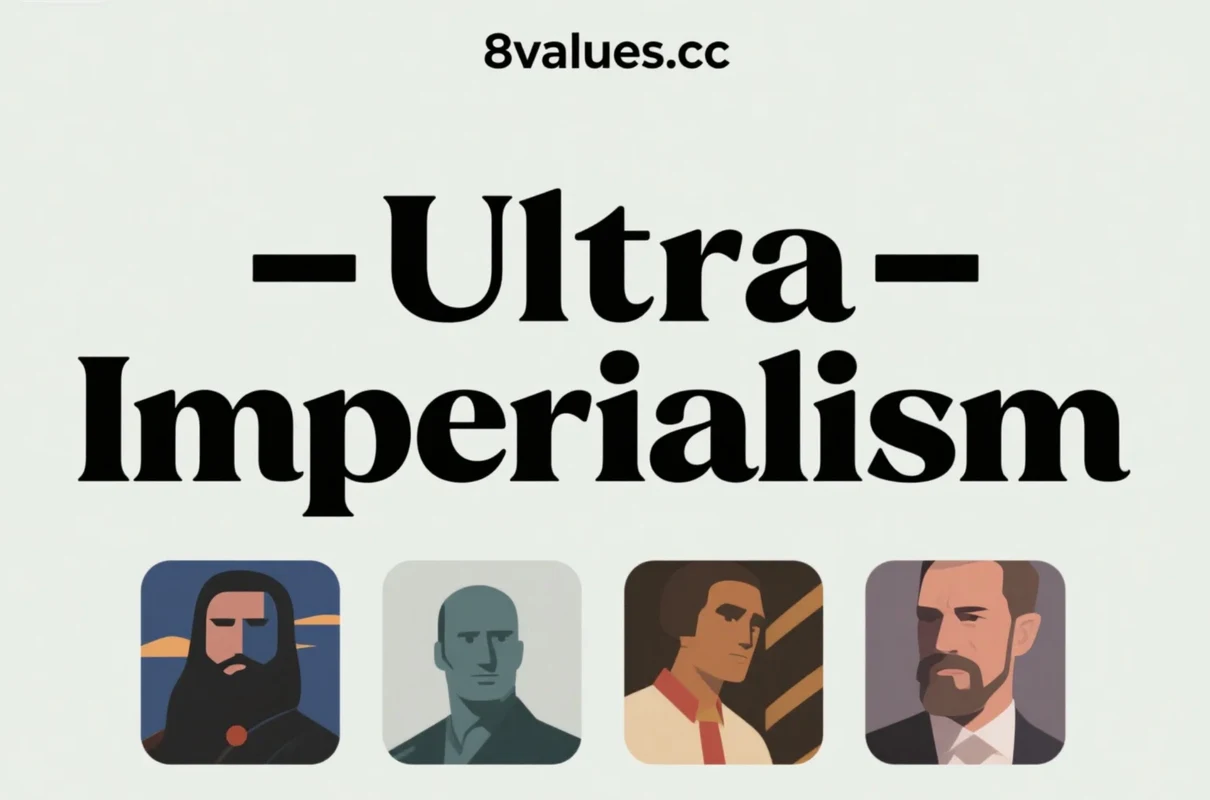The origin and connotation of "Spectre/Gespenst": An in-depth interpretation of the opening words of the Communist Manifesto
A deep analysis of the famous opening of Karl Marx and Friedrich Engels's "A Ghost, the Ghost of Communist, wandering around Europe" by Karl Marx and Friedrich Engels, to understand the historical context of this epoch-making political document, the theory of Class Struggle, and its profound influence on the ideological tendencies of modern society.
The Communist Manifesto , originally known as the "Manifesto of the Communist Party", was written by two German thinkers, Karl Marx and Friedrich Engels. This historic political program was first published in London on February 21, 1848 in a single book and is by far one of the most widely read political documents in the world. It provided guiding principles for the communist movement, and systematically expounded the scientific socialist theory with its magnificent writing style and profound insight, occupying an important position in the entire history of human thought.
The metaphor of "Spectre/Gespenst": Declaration of Fear and Power
The opening line of the Communist Manifesto immediately captured the reader's attention and declared its theme with dramatic brushstrokes: " A ghost, the ghost of communism, wanders around Europe. "
The word Spectre is Gespenst in the original German text, and the English translation is usually Spectre. This metaphorical opening sentence is not only very contagious in literature, but also reveals the current situation in Europe at that time in politics:
- Fear and slander of reactionary forces : Marx and Engels pointed out that all the old forces in Europe at that time—including Pope and Tsar, Metternich and Guizot, French Radicals and German police-spies—were formed a "sacred alliance" with the goal of "exorcism."
- Recognition of power : This fact shows that communism " has been recognized as a force by all European forces ." The ruling class regards communism as a "ghost" or "poeth man" in an attempt to intimidate the people and make them disgusted and distant from socialist and communist thoughts.
- Necessity of a public declaration : Faced with this "myth" used to "slander" the opposition, the communists believe that " it is time to publicly explain their views, their purposes, and their tendencies to the world, and use their own party declaration to fight against this myth about the ghost of communism ." Therefore, the release of the Communist Manifesto is a irony and refutation of the reactionary forces in old Europe.
Marx and Engels foresaw that once communism emerged as a revolutionary force, the capitalist ruling class would feel troubled by the "ghost" and attempt to destroy it.
The birth and historical background of the Communist Manifesto
The publication of the Communist Manifesto was the product of severe social unrest in Europe in the mid-19th century.
Collaboration and bookmaking process
The Communist Manifesto was co-written by Karl Marx and Friedrich Engels. Although the document was signed by the two people, most evaluations considered Marx as the main author. Engels was previously commissioned by the Paris branch of the "All of Justice" to write two drafts of the "Draft Communism Creed" and "Principles of Communism", providing the basis for the writing of the "Communism Manifesto".
From November to December 1847, the Communist League held its second congress in London, deciding to replace the traditional "doctrinal question and answer" form in the form of a declaration, and entrusted Marx and Engels to draft "a complete theoretical and practical party program."
Marx completed most of his writing in Brussels, Belgium, and sent the manuscript to London in February 1848. This original 23-page brochure was first published in German in London in February 1848, and was published exactly the same time as the outbreak of the European Revolution in 1848.
Early transmission and global impact
In the first few years, the Communist Manifesto did not attract much attention, and it did not begin to revive until Marx formed the First International in the 1870s. It profoundly changed the world and was translated into over 1,000 versions in over 200 languages.
- The earliest translation : The first English translation (translated by Helen Macfarlane) was published in 1850. The first Russian translation was translated by Bakunin and was published in Geneva in the 1860s.
- Status of historical document : Marx and Engels pointed out in the preface of the 1872 edition that although some of the details were outdated, they " have no longer the right to make any modifications to it " because it has become a " historical document ."
- Contemporary Focus : Entering the 21st century, with the outbreak of global economic crisis (such as the 2008 global financial crisis), the resurgence of interest in Marx and Marxist ideas in Western society has caused the sales of the Communist Manifesto to soar sharply.
Historical Materialism: A scientific interpretation of class struggle
The core idea of the Communist Manifesto is Historical Materialism, which forms the cornerstone of Marxist theory.
Class struggle is the driving force of history
The Communist Manifesto clearly states: "To this day, all the history of society is the history of Class Struggle." There has always been conflict between oppressors and oppressed people in human society, such as the free people and slaves in ancient society, the feudal lords and serfs in the Middle Ages. The result of these struggles is either a revolutionary transformation of the overall society or a common destruction of the struggle class.
In modern society, class opposition has been simplified, and society is increasingly divided into two hostile camps, two directly opposing classes:
- Bourgeoisie : owns social means of production, is a modern capitalist class, and is an employer who employs wage labor.
- Proletariat : Modern employed workers who do not have their own means of production and have to sell their labor in order to survive. They are commodities of capital and are affected by market volatility.
The contradictions of capitalism and gravediggers
The Communist Manifesto deeply criticized capitalism. It pointed out that the bourgeoisie played a "very revolutionary role" in history, and created unprecedentedly huge productivity by constantly innovating production tools and production relations. The bourgeoisie created the world market, and through exploitation of the world market, it gave production and consumption a global nature.
However, capitalism is also an inherent system of exploitation, which replaces the exploitation covered by "religious and political fantasy" in past feudal relations with "naked, shameless, direct, cruel exploitation" . It leaves no other connection between people except "naked stakes" and "ruthless 'cash transactions'".
Marx and Engels emphasized that the living conditions of capitalism lie in the formation and proliferation of capital, and the conditions of capital are wage labor. This system cannot ensure that its "slaves" - the proletariat - can survive in slavery due to internal contradictions (i.e., socialization of production and private possession of means of production). Therefore, the bourgeoisie " produces its own gravedigger ", and its demise and the victory of the proletariat are "equally inevitable" .
The core essence of the communist program: eliminating the bourgeois private ownership
In the struggle between the proletariat and the bourgeoisie, the communists represent the interests of the entire movement. Their "recent purpose" is to make the proletariat form a class, overthrow the bourgeois rule, and seize power by the proletariat.
Abolition of Private Property
The Communist Party’s theory can be summarized as one sentence: “Eliminate private ownership.”
It should be clear that what the communists aim to abolish "bourgeois private property" , that is, the kind of exploiting other people's property using wage labor is the "foundation of class opposition." They do not object to the personal property obtained by small handicraftsmen or small farmers through their own labor, because large industrial development has destroyed this form of property every day.
The bourgeoisie believes that communists aim to eliminate individual freedom and independence. But Marx and Engels responded that the "freedom" of the bourgeoisie is nothing more than "free trade and free trading based on the bourgeois production relations" , which comes at the cost of the unfreedom of the proletariat and the lack of property of the vast majority of people.
Transitional Measures and Objectives after the Revolution
The first step in the proletarian revolution is to "elevate the proletariat to a ruling class and strive for democracy ." In the transitional stage, the proletariat will use its political rule to "seize all the capital of the bourgeoisie step by step, and concentrate all production tools in the hands of the proletariat, that is, organized into the ruling class."
In the most advanced countries, a range of widely applicable transitional measures are required, including but not limited to:
- The land ownership is abolished and all land rent is used for public purposes.
- Implement high progressive income tax .
- Abolish the inheritance right .
- Concentrated credit In the hands of the state, establish a national bank with state capital and exclusive monopoly rights.
- Centralized transportation and transportation tools are in the hands of the country.
- Implement free public education for all children and cancel the labor in the factory of child labor.
- Combining agriculture and industry will promote the gradual elimination of urban and rural differences.
Ultimately, the ultimate goal of communism is to realize a "communist" , in which "the free development of everyone is the condition for the free development of all people."
If you are interested in the tendencies of these political ideas, you are welcome to use the 8Values Political Values Prone Test to understand your ideological tendencies and see the detailed introduction of all 8values results ideologies .
The profound influence and contemporary value of the Communist Manifesto
The Communist Manifesto is the foundational text of Marxist theory, and its core principles (such as economic production and class struggle) are still considered correct overall today 175 years after their publication.
Criticize "false" socialism
In Chapter 3, the Communist Manifesto criticized the various forms of "false socialism" that existed in Europe at that time, for example:
- Reactionary Socialism : including feudal, petty bourgeois and German "real" socialism. They either attempt to restore the old feudal society or represent the interests of the petty bourgeoisie that declined due to the threat of large industry, which opposed class struggle.
- Conservative or Bourgeois Socialism : This type of person wants to "eliminate social ills to ensure the continued existence of bourgeois society." They try to carry out administrative reforms, such as philanthropists, humanitarians, who want "a bourgeoisie without proletariat." This form of socialism is inherently conservative and reformist.
- Critical-Utopian Socialism and Communism : For example, Saint-Simon, Fourier, Owen, etc., their theories lack economic foundation and sense of class struggle, tend to appeal to the ruling class, and reject all political and revolutionary actions. Marx and Engels believe that only theories based on historical materialism and the proletariat's own actions are scientific socialism .
The call for internationalism
The ultimate goal of the Communist Manifesto is to " violently overturn all existing social systems ." It ended with a loud internationalist call, an embodiment of its core spirit:
"Let the ruling class tremble in the face of the communist revolution. What the proletariat lose in this revolution is only chains. What they will gain will be the whole world."
"The proletarians of the world, unite!" (Workers of the world, unite!)
You are welcome to continue to visit our official blog and continue to explore your political values and understanding of these theories






